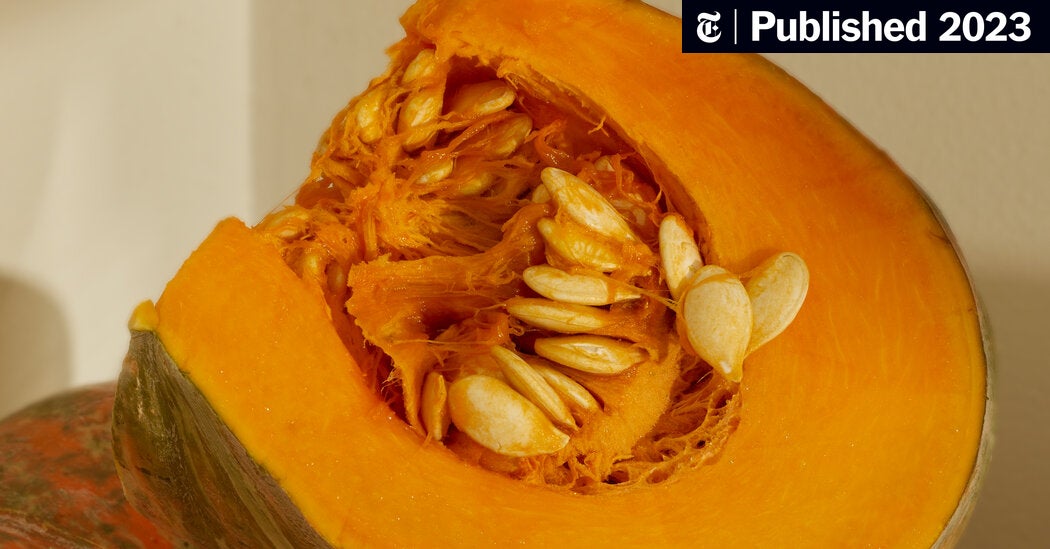Q: Pumpkins are everywhere in the fall. But are they good for me?
Pumpkins are more than a seasonal decoration or flavoring for lattes. They have a long history as a versatile and vital source of nutrition, said Denee Bex, a dietitian and diabetes care and education specialist in Farmington, N.M.
The pumpkin, which is a type of squash, is native to the Americas and was farmed by Indigenous communities “long before the arrival of Europeans,” Ms. Bex, who is Navajo, said.
And there are big benefits to their lasting popularity, she added. They are packed with nutrients like vitamins, minerals and fiber. Here’s the inside scoop, along with some new ways to eat them, from New York Times Cooking.
Why Pumpkin Is So Good for You
Pumpkin is what nutrition experts call a nutrient-dense food, meaning it packs a big nutritional punch in exchange for relatively few calories, said Rachel Kopec, an associate professor of human nutrition at Ohio State University.
One cup of canned pumpkin, for example, contains 137 calories but provides more than 200 percent of the daily value for vitamin A, 36 percent of vitamin K, 25 percent of fiber and 22 percent of vitamin E. It’s also a good source of vitamin B6, vitamin C, magnesium, riboflavin, iron and potassium.
